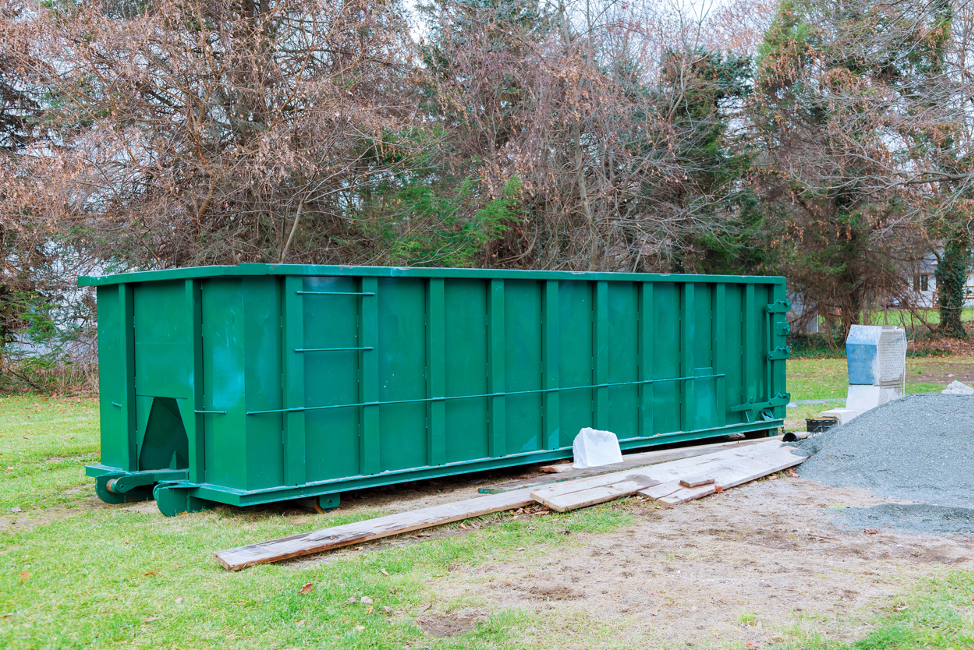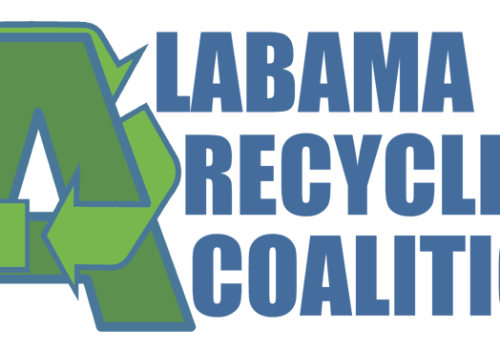How to design a collection sanitation network
Collected sanitation is an essential element of urban infrastructure, ensuring the effective management of wastewater to preserve the environment and public health. Designing a collection sanitation network requires a methodical approach, integrating technical, environmental and social considerations. This comprehensive guide explores the key steps to developing a functional and sustainable collection sanitation network.
Feasibility study
Before starting the design of the sanitation network, an in-depth feasibility study is necessary. This phase includes analyzing community needs, assessing geographic constraints, and determining potential sources of funding. Close collaboration with local stakeholders is crucial to ensure a thorough understanding of the specific needs of the region.
Community needs analysis
The first step in the feasibility study is to understand the unique sanitation needs of the community. This includes assessing population density, water use habits, and specific wastewater issues. Extensive data collection, combined with field surveys, provides a solid basis for network design.
Geographic and environmental constraints
The analysis of geographical and environmental constraints is essential to design a sanitation network adapted to the local context, to avoid hazardous waste spill. The characteristics of the land, the proximity of watercourses, and the topography directly influence design choices. An environmentally friendly approach helps minimize the impact on fragile ecosystems.
Find out how an in-depth feasibility study can shape a system suited to your community and reduce waste at Reno Dumpster Rental Services. Close collaboration with local stakeholders is the key to the success of your project!
Design of the sanitation network
Once the feasibility study is complete, the design phase of the sanitation network can begin. This step involves choosing appropriate technologies, determining pipeline routes, and planning network capacity based on future needs.
Innovative sanitation technologies
The design of a modern sanitation network requires the incorporation of innovative technologies. Advanced wastewater treatment systems, such as biological treatment plants, can improve efficiency while reducing the environmental footprint. It is essential to opt for sustainable solutions adapted to local specificities.
Pipe routes
The layout of the pipes is a decisive step in the design of the sanitation network. It must take into account the population density, the characteristics of the land, and urban planning constraints. The objective is to optimize network efficiency while minimizing installation and maintenance costs.
Stormwater management
Effective stormwater management is an often overlooked aspect in the design of sanitation networks. Careful planning helps avoid flooding and prevent surface water pollution.
Integration of retention basins
The strategic integration of retention basins constitutes an effective solution for managing stormwater. This infrastructure helps regulate water flow during intense rainfall, thereby reducing the risk of flooding and protecting surface water quality.
Development of permeable surfaces
The development of permeable surfaces, such as green spaces and infiltration zones, promotes the natural infiltration of rainwater into the ground. This approach contributes to the recharge of groundwater and reduces urban runoff, thus limiting the risk of flooding.
Maintenance and durability
The long-term sustainability of a sanitation network depends on effective management and adaptive planning. Regular maintenance of infrastructure, combined with community awareness initiatives, helps ensure the sustainability of the system.
Preventative maintenance planning
Planning preventive maintenance is essential to minimize service interruptions and extend the life of facilities. A regular schedule of inspections and maintenance helps identify and resolve potential problems before they become critical.
Community Outreach
Actively involving the community in sanitation management is a key element of sustainability. Awareness programs on the responsible use of water, waste sorting, and preservation of infrastructure help maintain an effective sanitation network in the long term.
The design of a collection sanitation network requires a holistic approach, integrating technical, environmental and social considerations. By following this comprehensive guide, sanitation professionals can help create sustainable networks, meeting community needs while preserving our environment.





